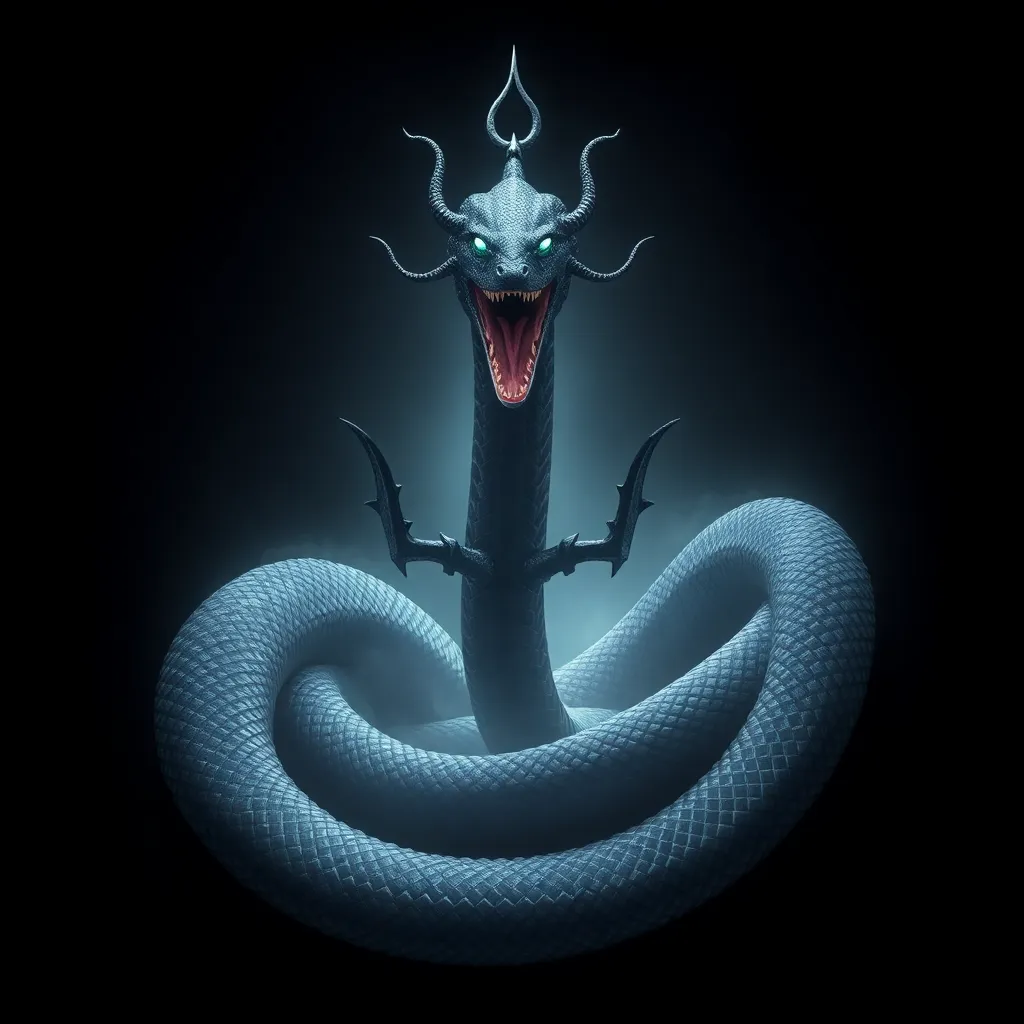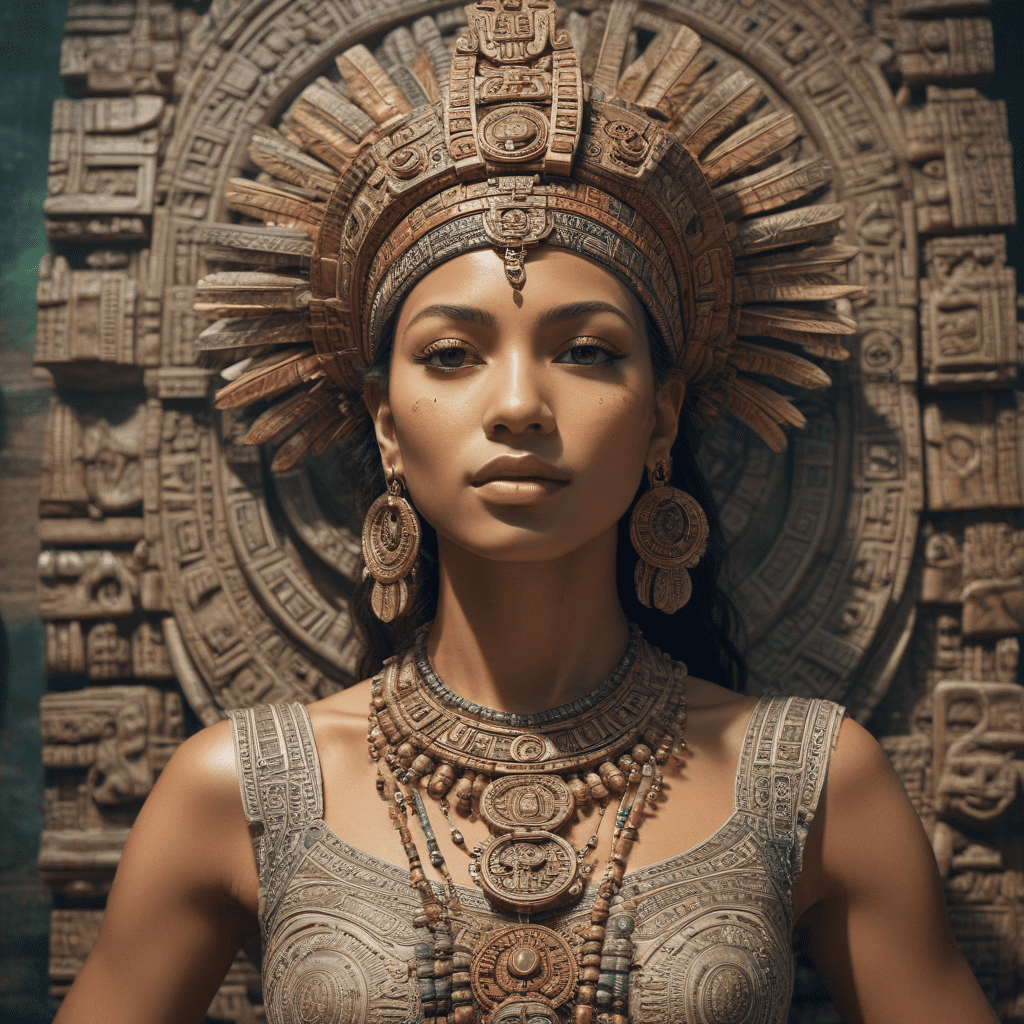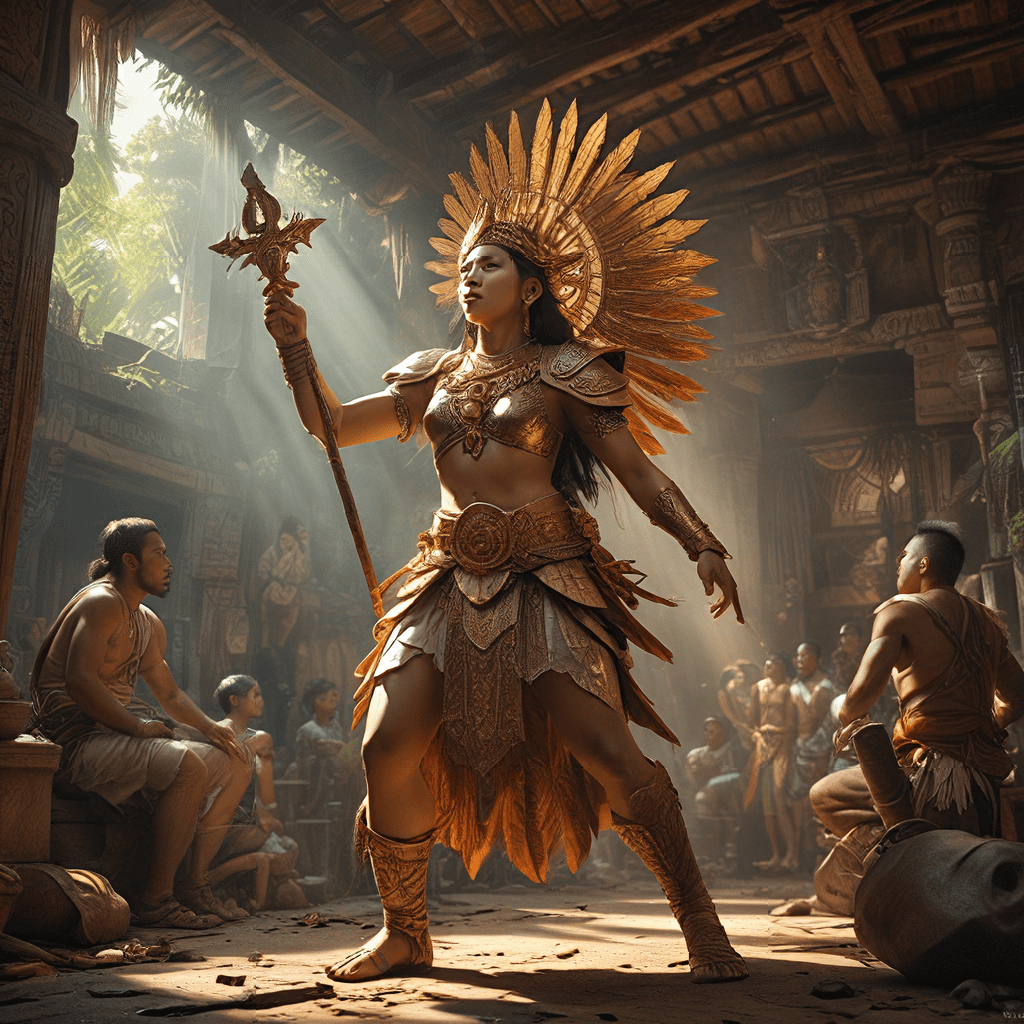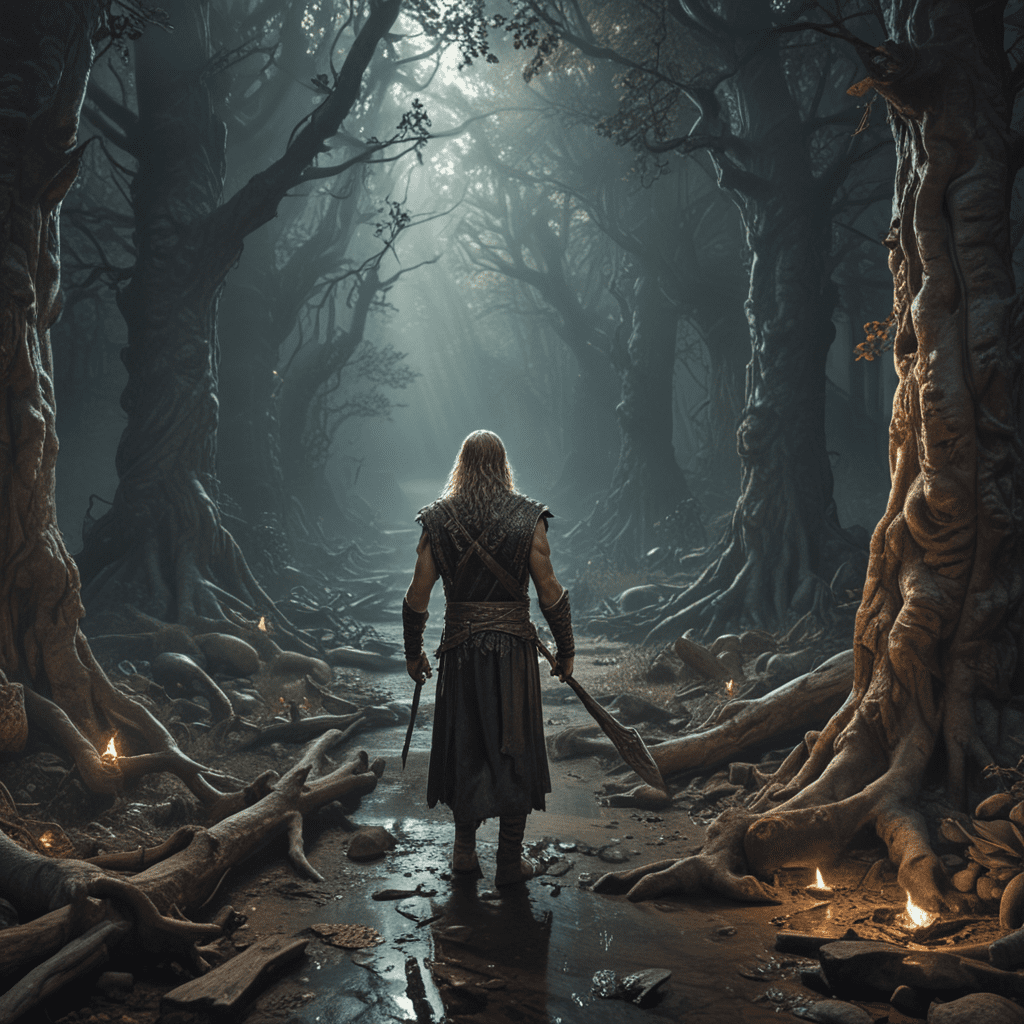The Serpent’s Morality: Jörmungandr and the Concept of Good vs. Evil in Norse Mythology
I. Introduction
Jörmungandr, also known as the Midgard Serpent, is one of the most formidable and intriguing figures in Norse mythology. This colossal sea serpent, born of the trickster god Loki and the giantess Angerboda, is a creature that symbolizes the chaotic forces of nature and the eternal struggle between good and evil. The narratives surrounding Jörmungandr not only highlight the complexity of moral concepts in Norse beliefs but also serve as a lens through which we can explore the broader implications of morality in mythological tales.
The importance of morality in mythological narratives cannot be overstated, as these tales often reflect the values and beliefs of the societies that created them. The purpose of this article is to delve into Jörmungandr’s role as a symbol of good and evil, exploring how this fearsome creature embodies the duality of morality and the complexities inherent within it.
II. Jörmungandr: The World Serpent
Jörmungandr is described in Norse texts as a massive serpent that encircles the world, biting its own tail. According to the Prose Edda and Poetic Edda, Jörmungandr was cast into the ocean by Odin, where he grew so large that he could encircle Midgard (Earth) entirely. This positioning made him a significant figure in the Norse cosmological framework, representing both the boundaries of the known world and the chaos that lies beyond.
The serpent’s role in the cosmos is intricately linked to the god Thor, the protector of humanity. Their relationship is marked by conflict, illustrating the tension between order (Thor) and chaos (Jörmungandr). This dynamic is essential in understanding Jörmungandr’s significance in the mythological narrative, as it represents the ongoing battle between these opposing forces.
III. The Duality of Good and Evil in Norse Mythology
In Norse mythology, the concepts of good and evil are not as clear-cut as in many other belief systems. Good is often associated with order, protection, and prosperity, while evil is linked to chaos, destruction, and deceit. However, many deities exhibit moral ambiguity, making it difficult to categorize them strictly as good or evil.
- Odin: The Allfather, while a protector of the gods and humanity, engages in deceitful and morally questionable acts.
- Loki: A trickster god who oscillates between helping and harming the gods, embodying the complexity of moral choices.
The role of fate and free will further complicates moral choices in Norse beliefs. The concept of wyrd suggests that fate is predetermined, yet characters like Thor and Loki often appear to make conscious choices that impact their destinies, blurring the lines between predestination and autonomy.
IV. Jörmungandr’s Relationship with Thor
The myth of Thor and Jörmungandr is perhaps best illustrated in the tale of Thor’s fishing expedition. In this narrative, Thor goes fishing with the giant Hymir, using the head of an ox as bait to catch the serpent. The encounter culminates in a fierce struggle, highlighting the intense rivalry between the embodiment of order (Thor) and chaos (Jörmungandr).
This conflict can be interpreted as a larger metaphor for the struggle between good and evil. Thor, representing the forces of good, strives to maintain order in the universe, while Jörmungandr, as a symbol of chaos, threatens to disrupt that order. Their eventual confrontation during Ragnarök, the end of the world in Norse mythology, serves as the ultimate representation of this moral dichotomy.
V. Jörmungandr as a Symbol of Chaos
Jörmungandr is deeply connected to the concept of chaos in mythology. As a creature that dwells in the ocean, he embodies the unpredictable and uncontrollable aspects of nature. This chaos challenges the order established by the gods, particularly Thor, who represents stability and protection.
The implications of chaos for moral understanding in Norse culture are profound. Chaos can be seen as a necessary counterpart to order, suggesting that without it, the universe would stagnate. This duality encourages a more nuanced understanding of morality, where good and evil coexist and are often intertwined.
VI. Perspectives from Norse Texts and Scholars
Primary sources such as the Poetic Edda and Prose Edda provide rich insights into Jörmungandr’s character and moral implications. Scholars have long debated the nature of Jörmungandr, with some viewing him as a purely evil force while others argue for a more complex interpretation that considers his role in the balance of the cosmos.
Comparisons with other mythological serpents, such as the biblical Leviathan or the Greek Typhon, reveal differing moral implications. While these creatures often embody pure chaos or evil, Jörmungandr’s existence is intricately linked to the order maintained by Thor and the other gods, suggesting a more balanced perspective on morality.
VII. Contemporary Interpretations of Jörmungandr
The story of Jörmungandr continues to resonate in modern culture, reflecting contemporary values and redefining the concepts of good and evil. In literature, film, and art, Jörmungandr is often portrayed as a powerful force of nature, symbolizing the chaos that exists in the world.
Examples of contemporary narratives include:
- Graphic novels and comic books depicting Norse mythology, where Jörmungandr is portrayed with a more sympathetic view.
- Films that explore the themes of chaos and order, often using Jörmungandr as a central figure in the narrative.
- Art that reflects the ongoing struggle between good and evil through the imagery of the serpent and Thor.
These modern interpretations allow for a re-examination of the moral implications of Jörmungandr’s story, encouraging audiences to consider the complexities of morality in their own lives.
VIII. Conclusion
In summary, Jörmungandr serves as a powerful symbol of the moral implications of good and evil in Norse mythology. Through his relationship with Thor and his embodiment of chaos, Jörmungandr challenges the simplistic dichotomy of morality, inviting a deeper exploration of the complexities inherent in these concepts.
The continued significance of the good vs. evil dichotomy in mythology reflects humanity’s enduring fascination with morality and the choices we make. Jörmungandr’s role in this narrative encourages us to consider the balance between order and chaos, and the moral choices that define our existence.
Ultimately, understanding Jörmungandr provides valuable insights into the nature of morality within the context of Norse mythology and beyond, reminding us that good and evil are often intertwined in the stories we tell.



